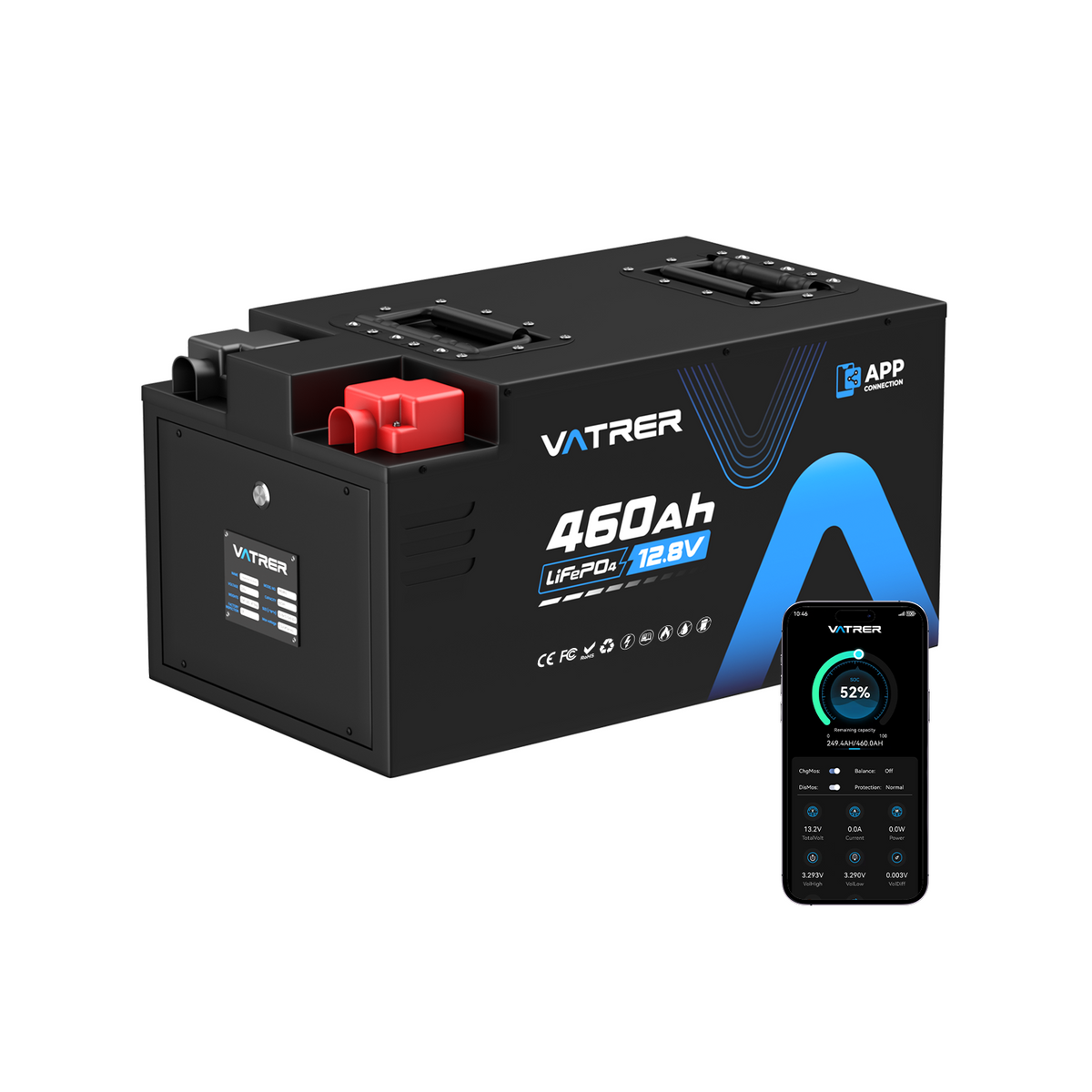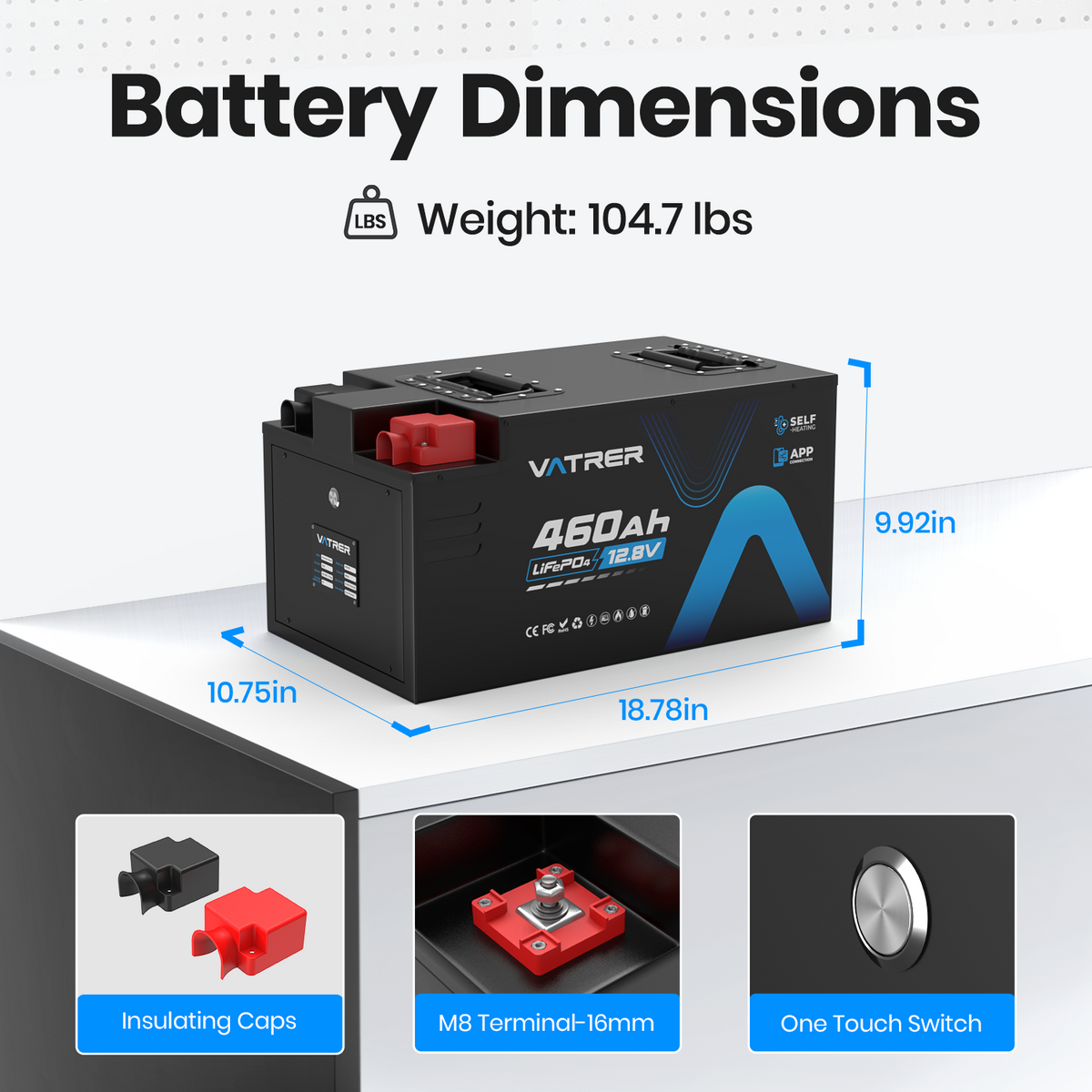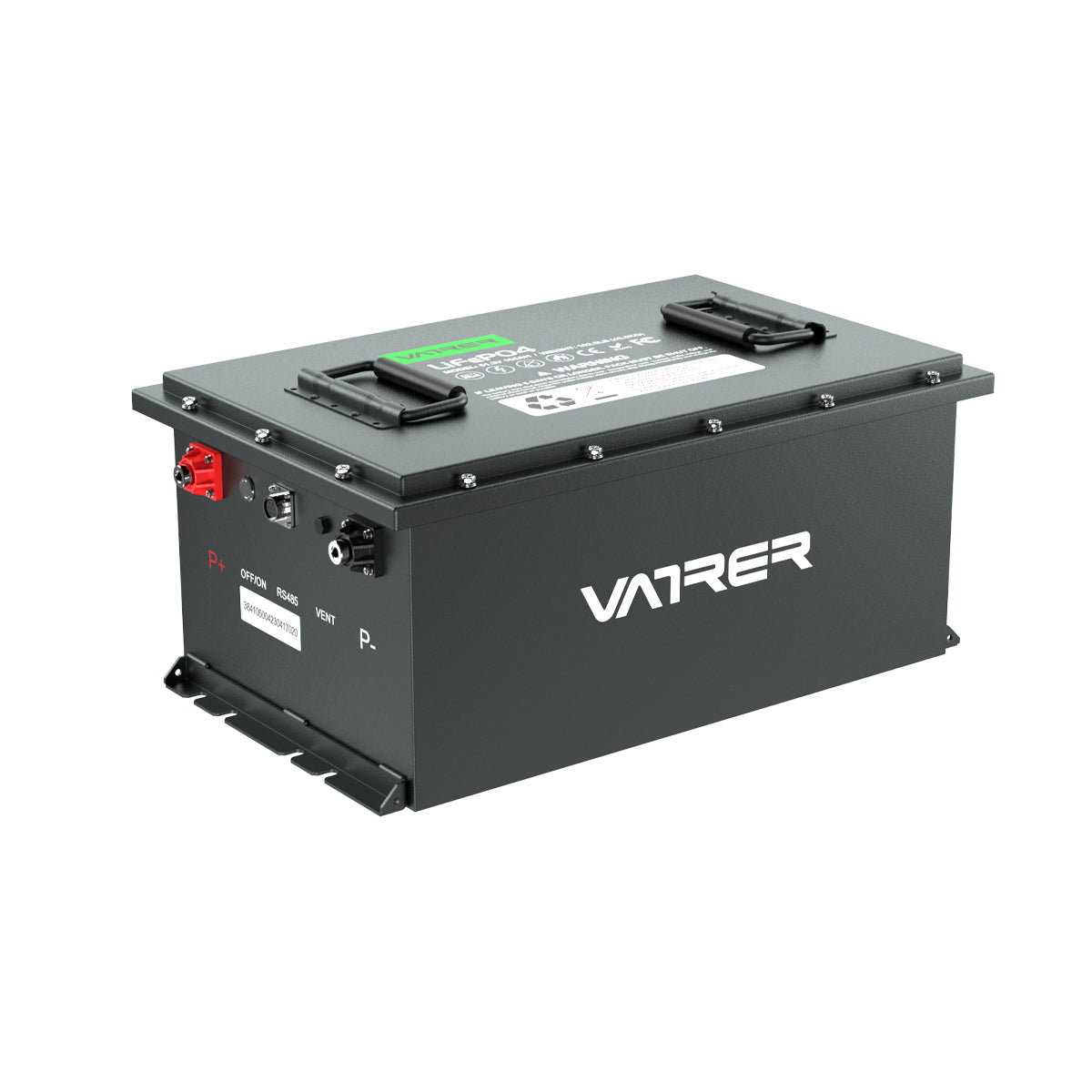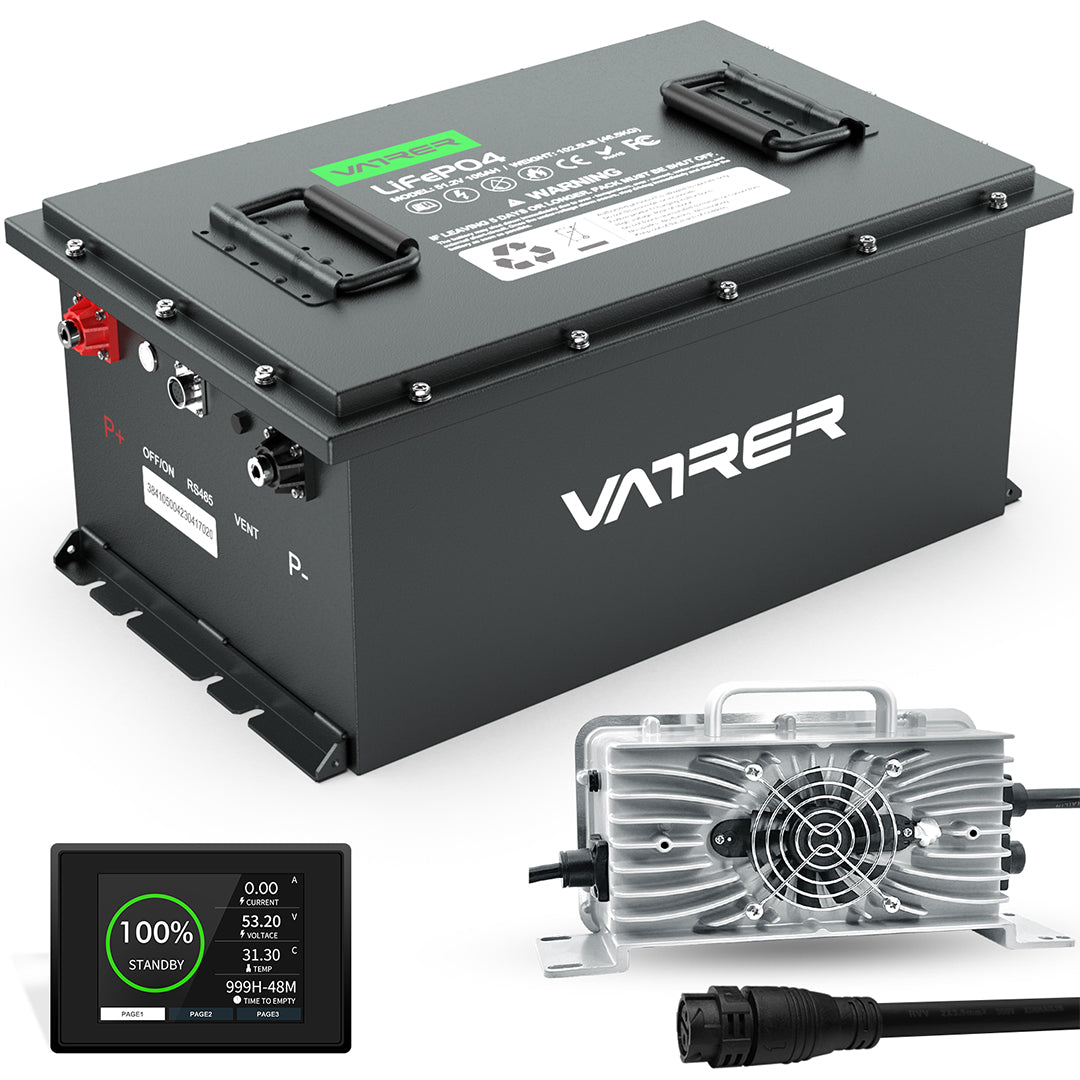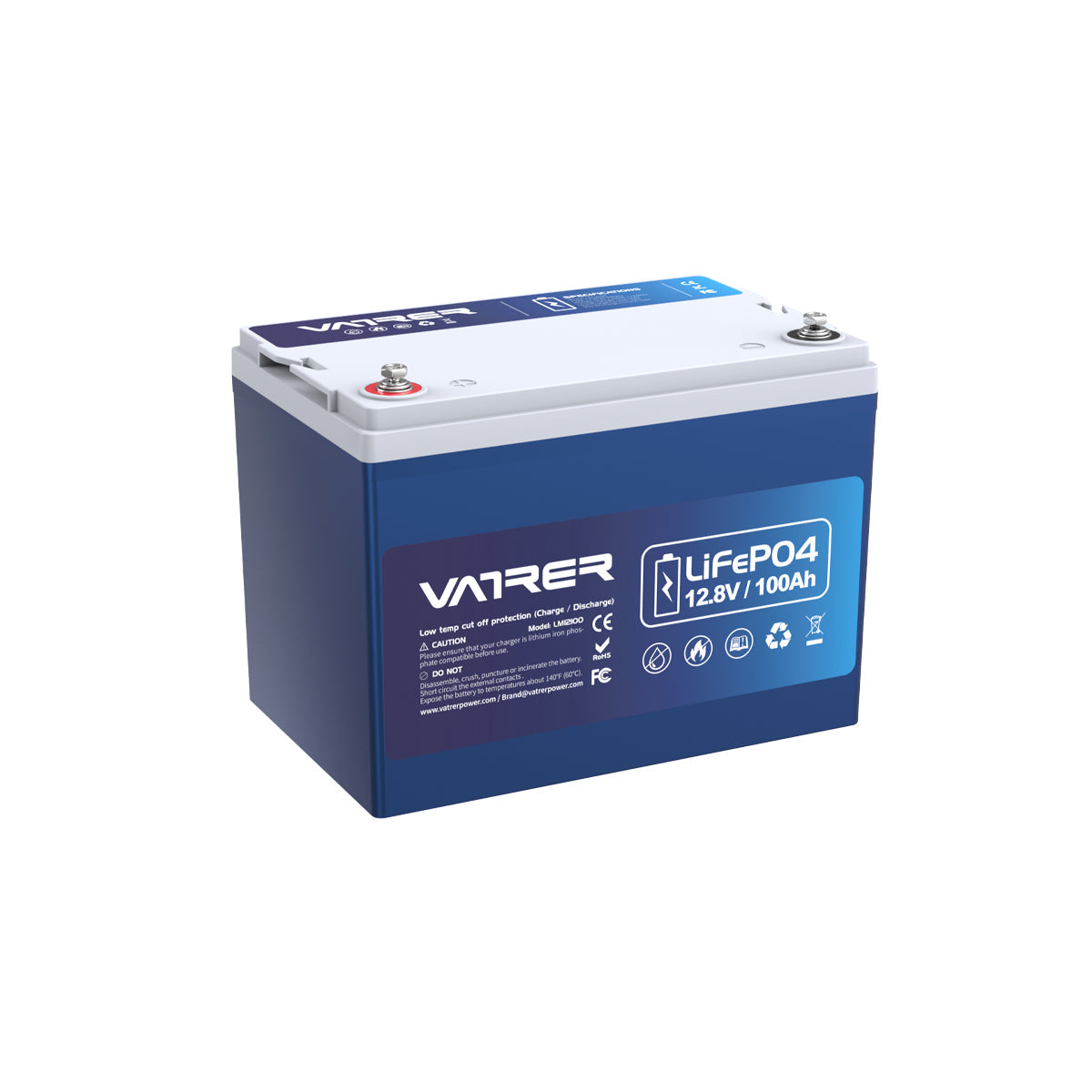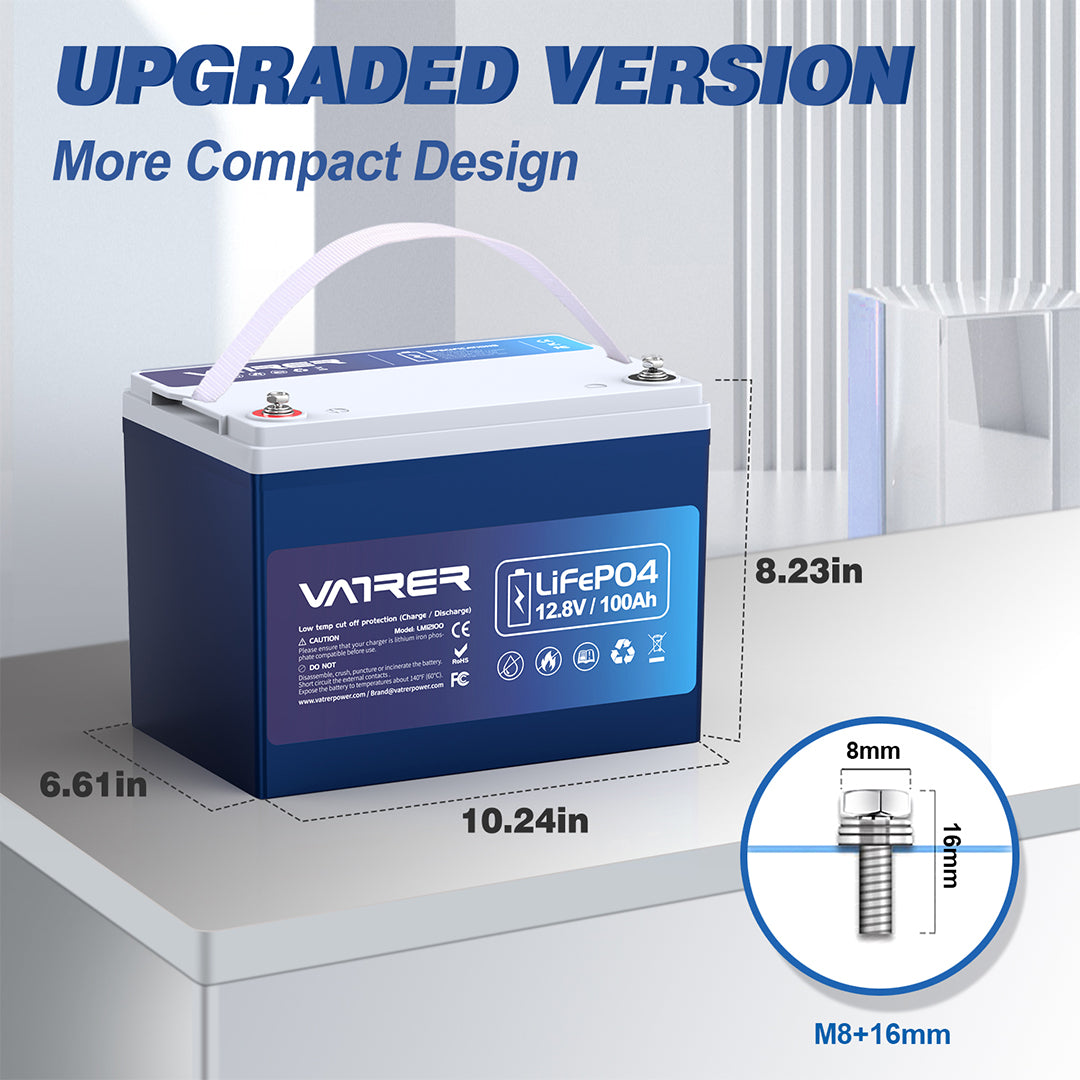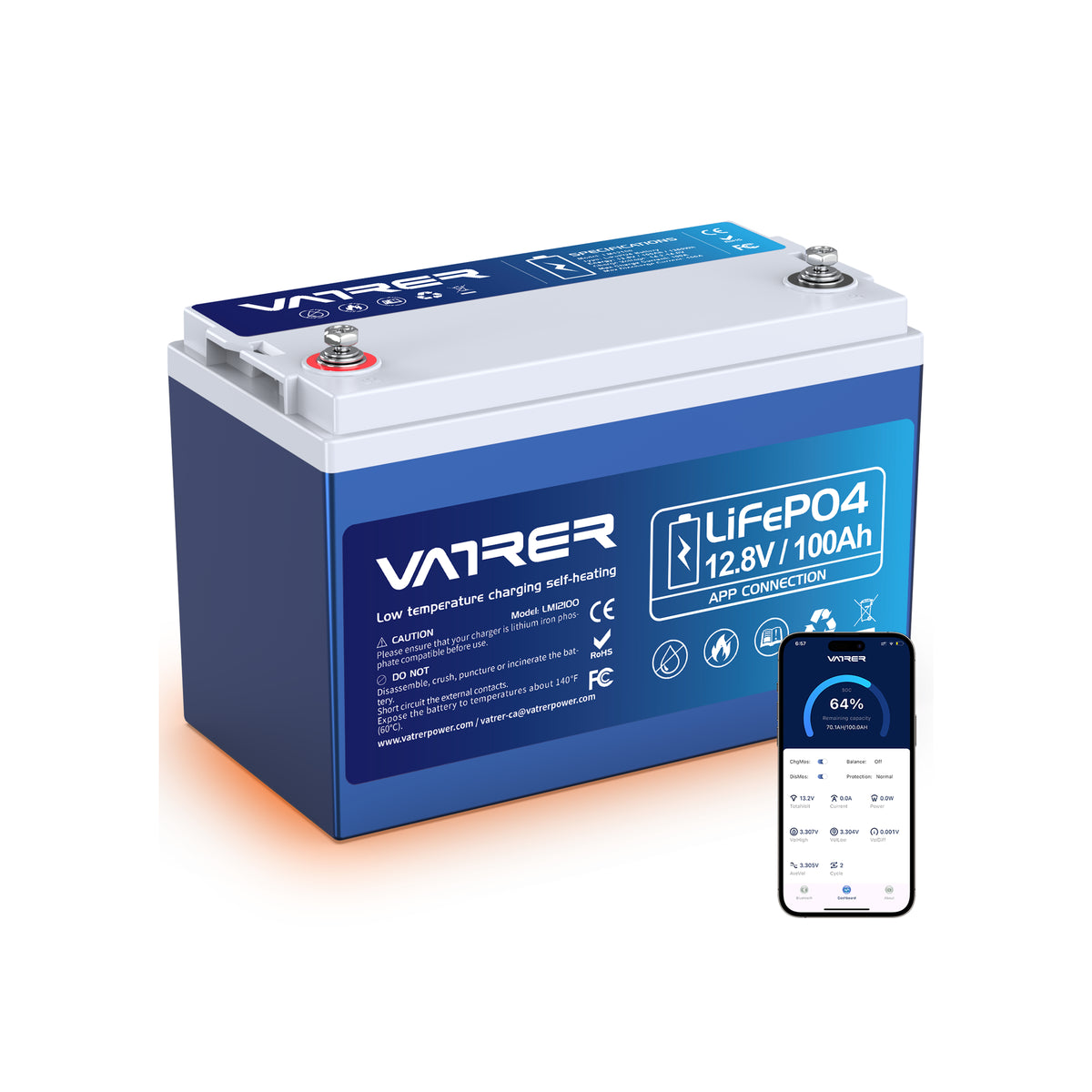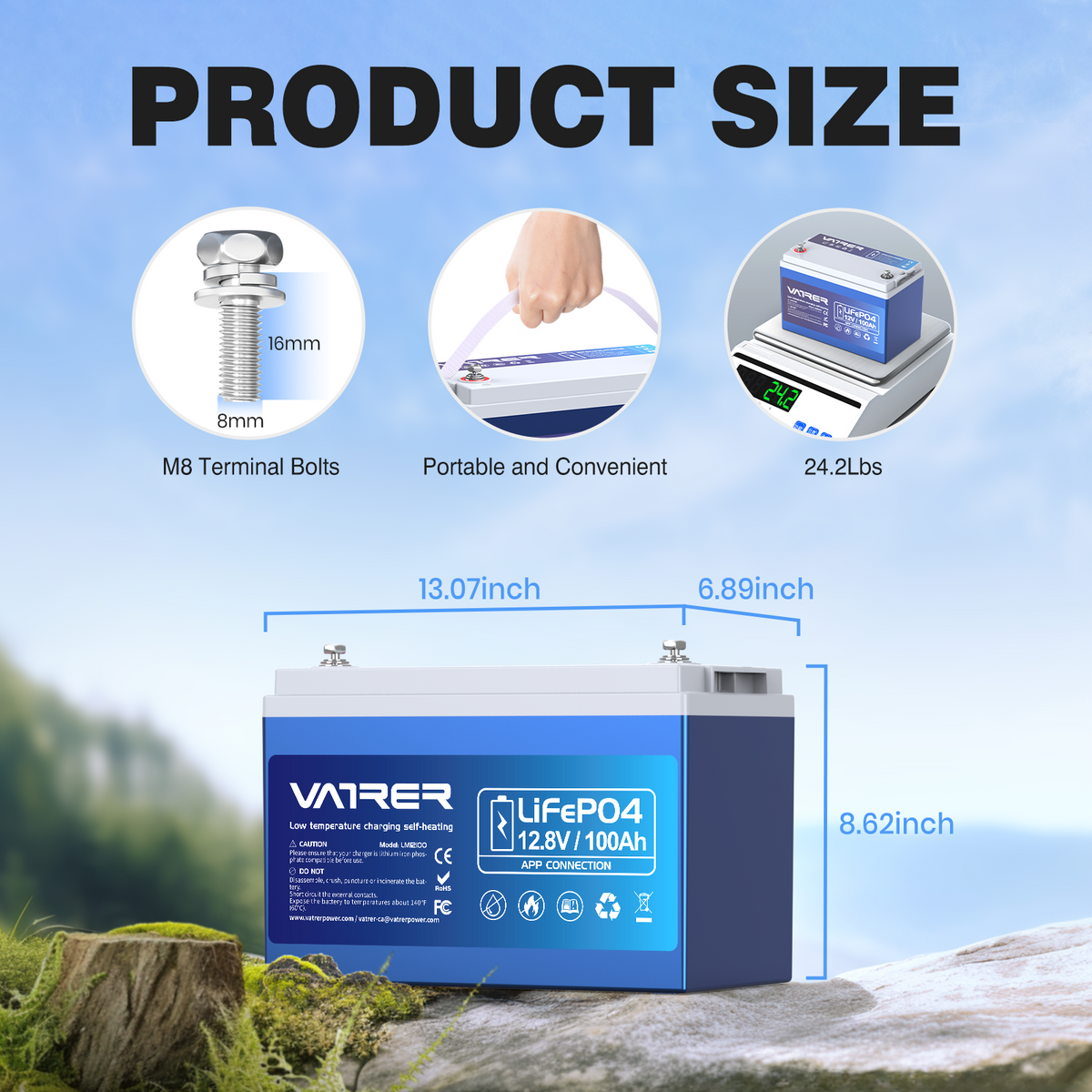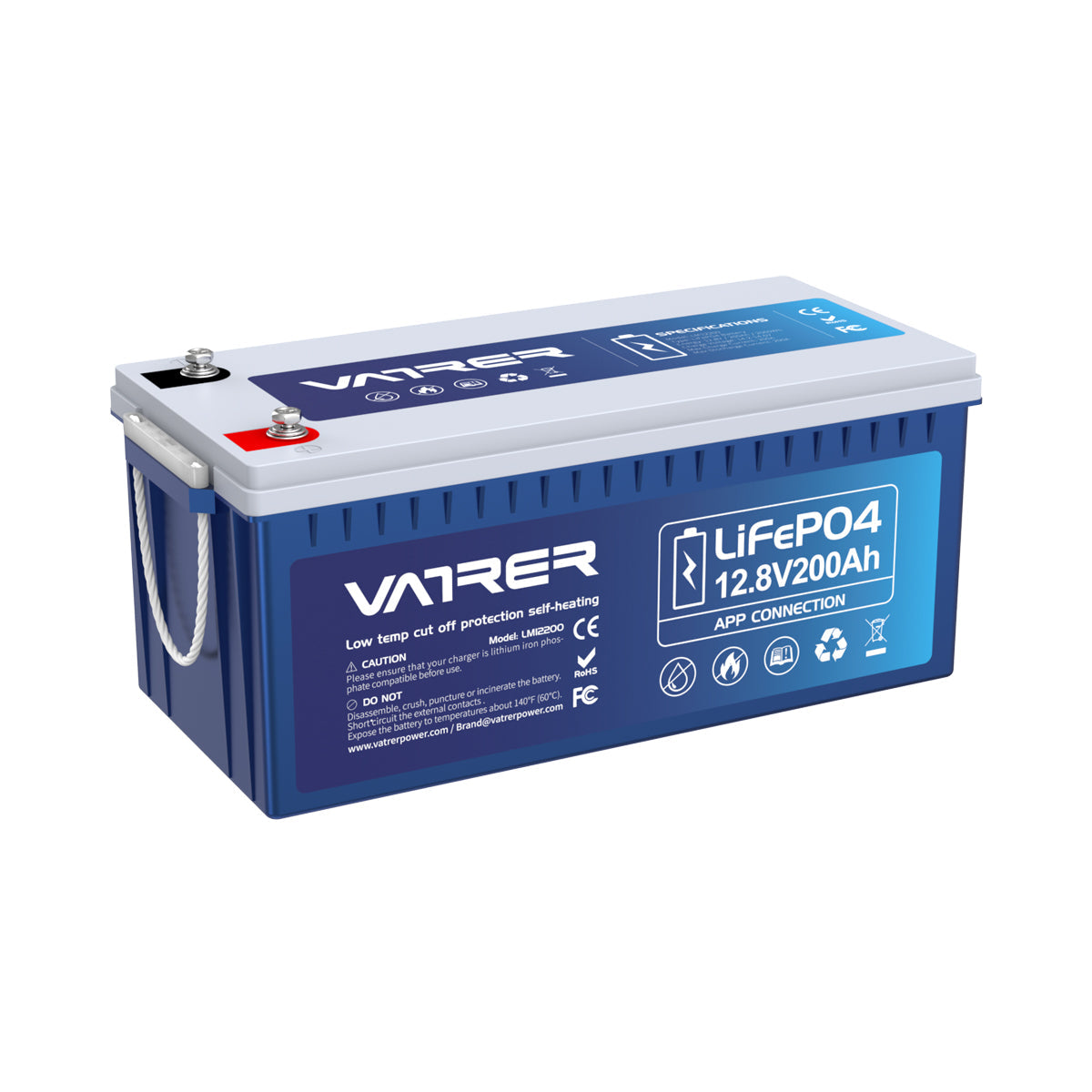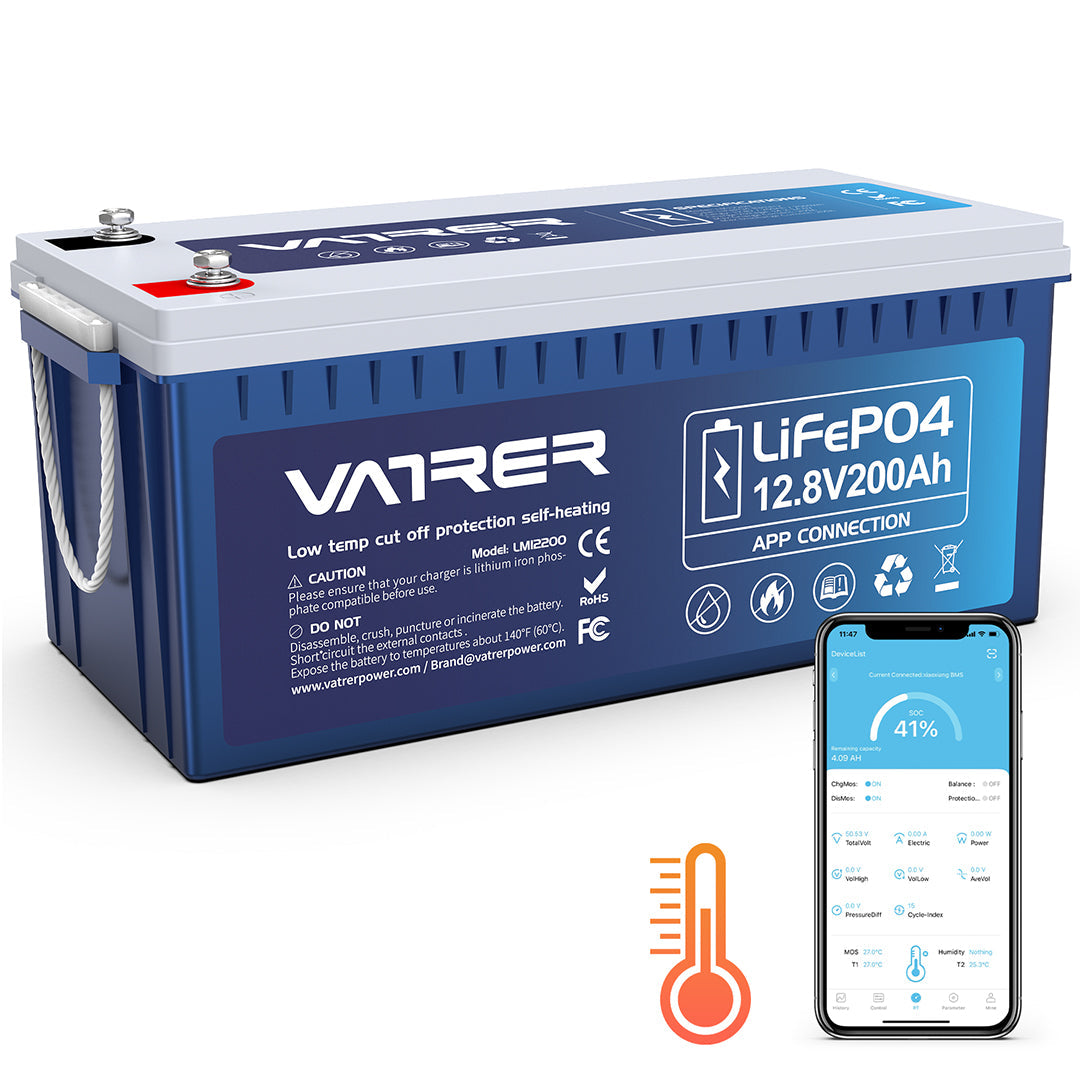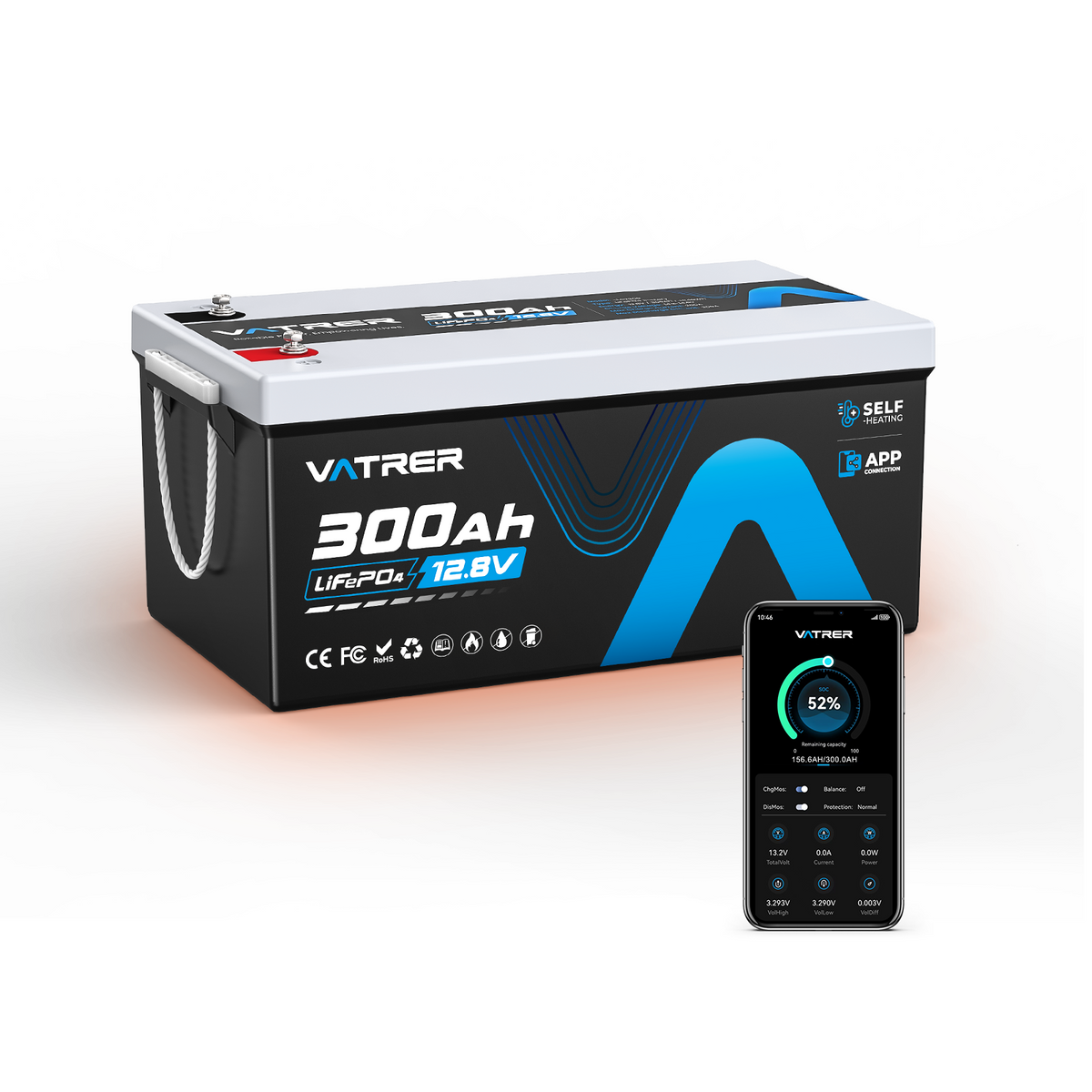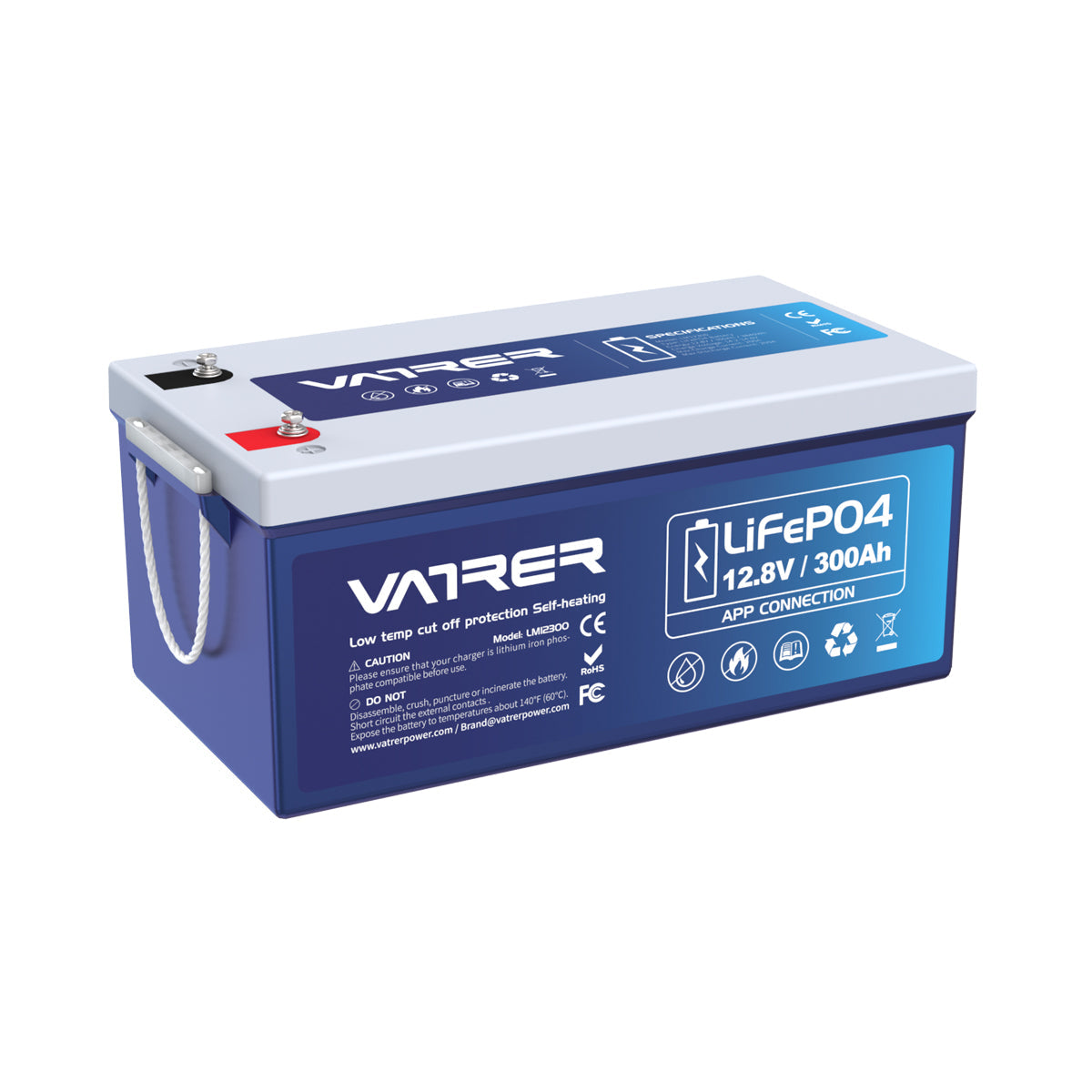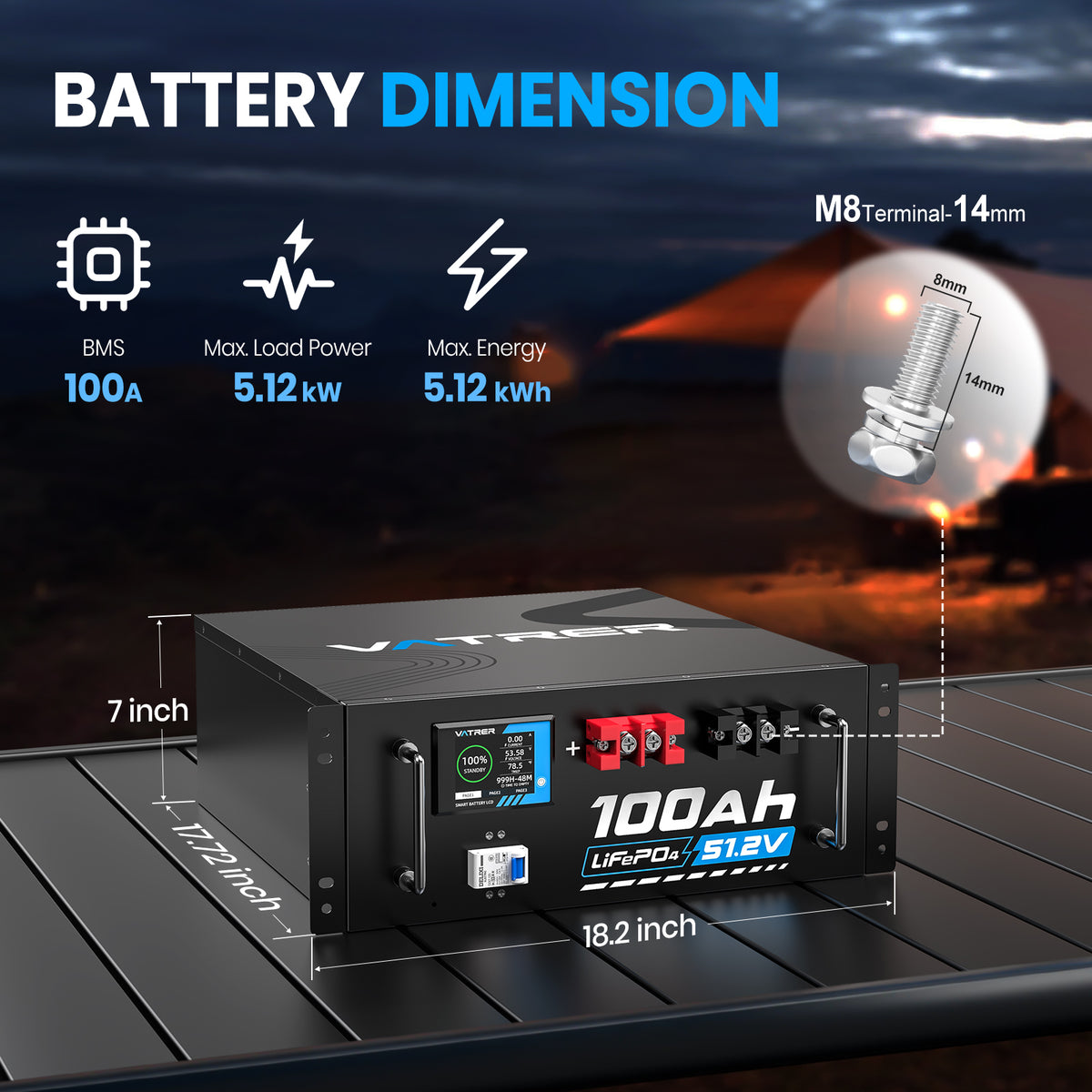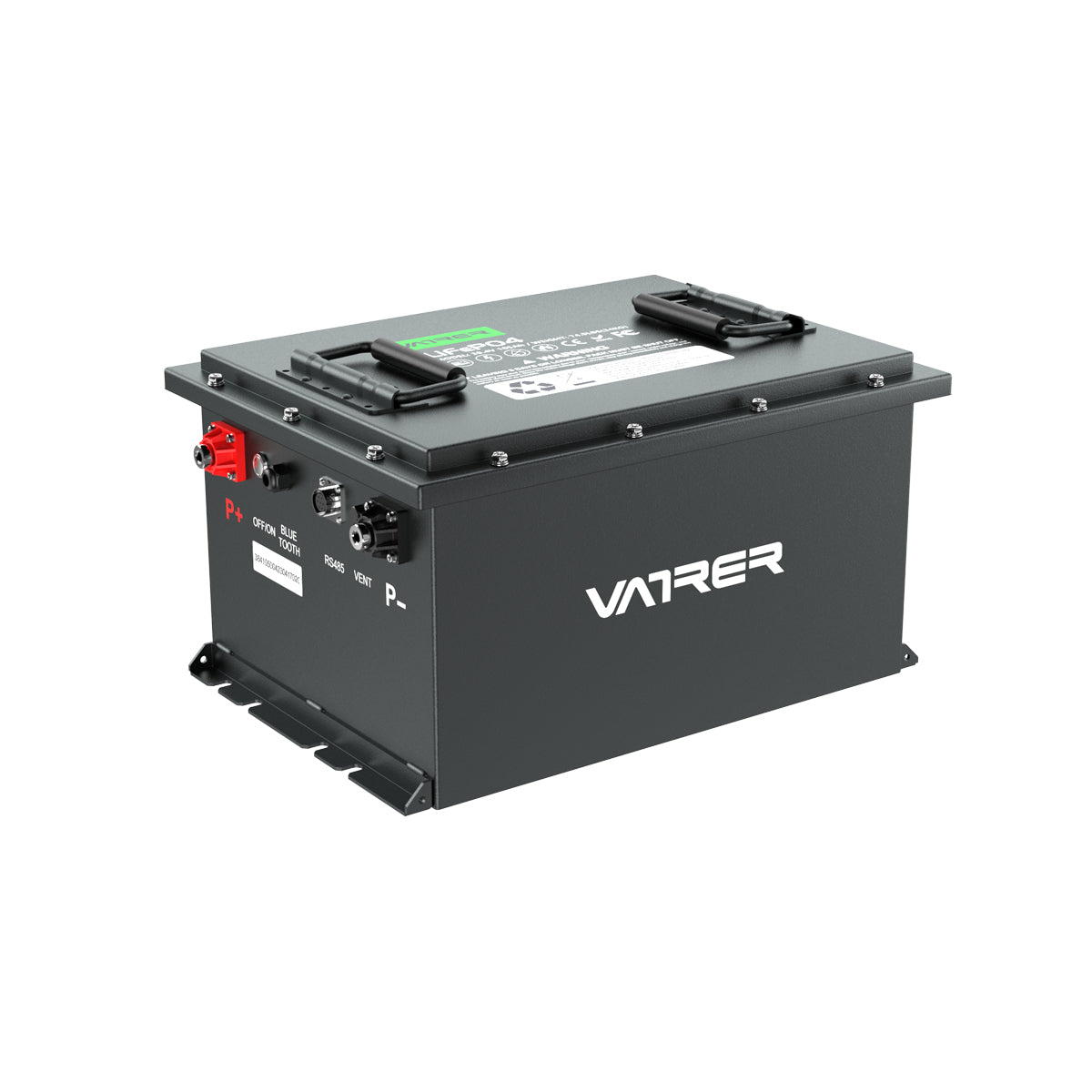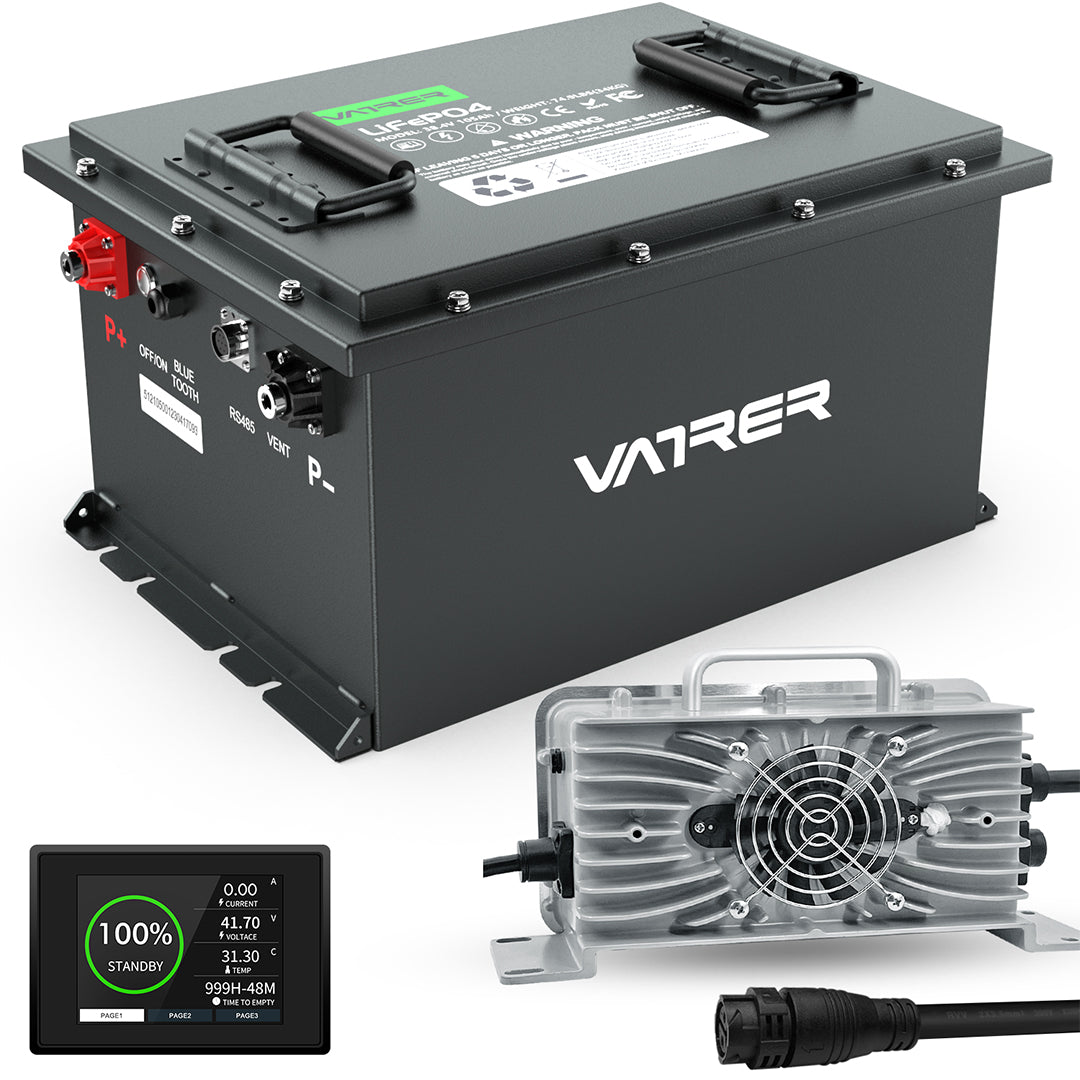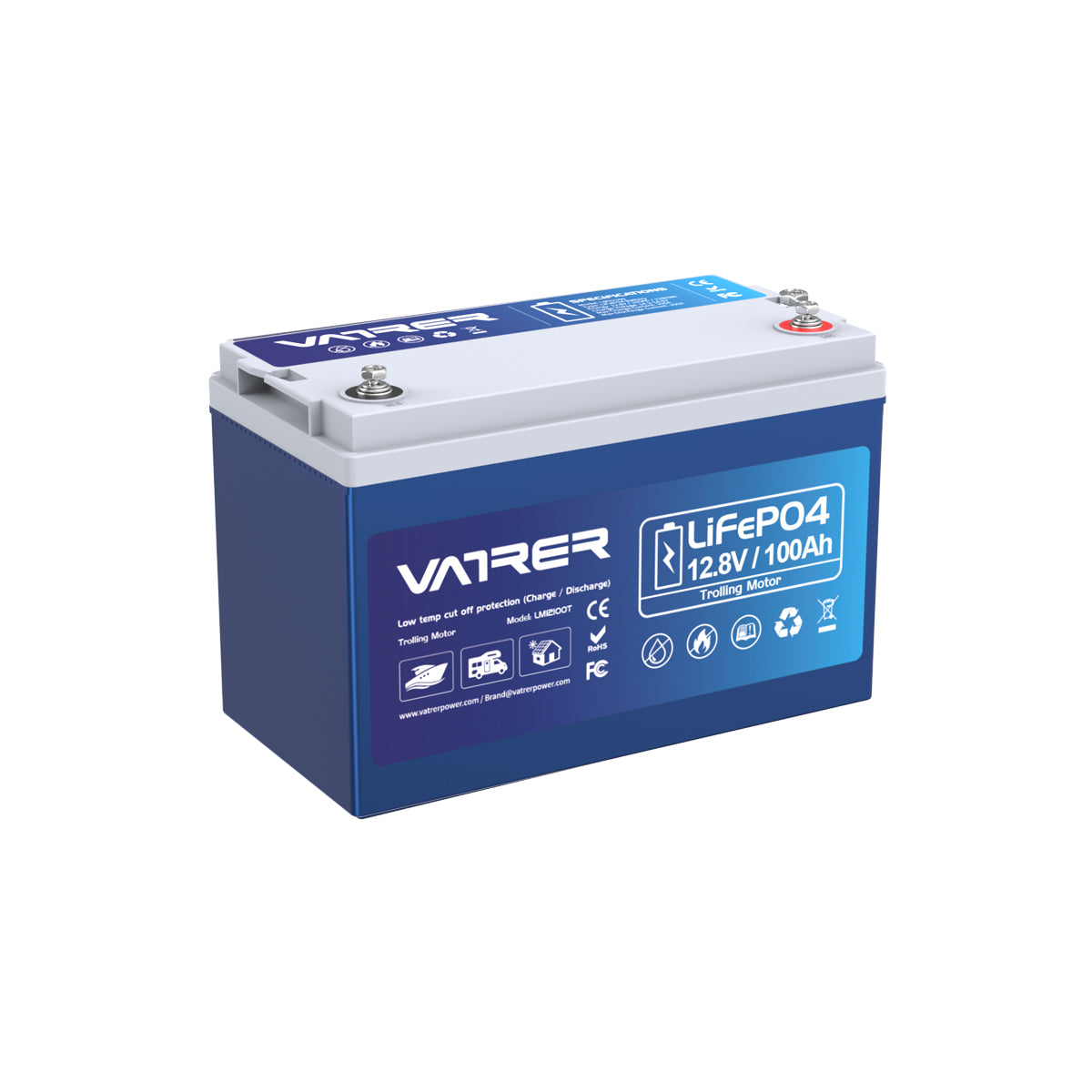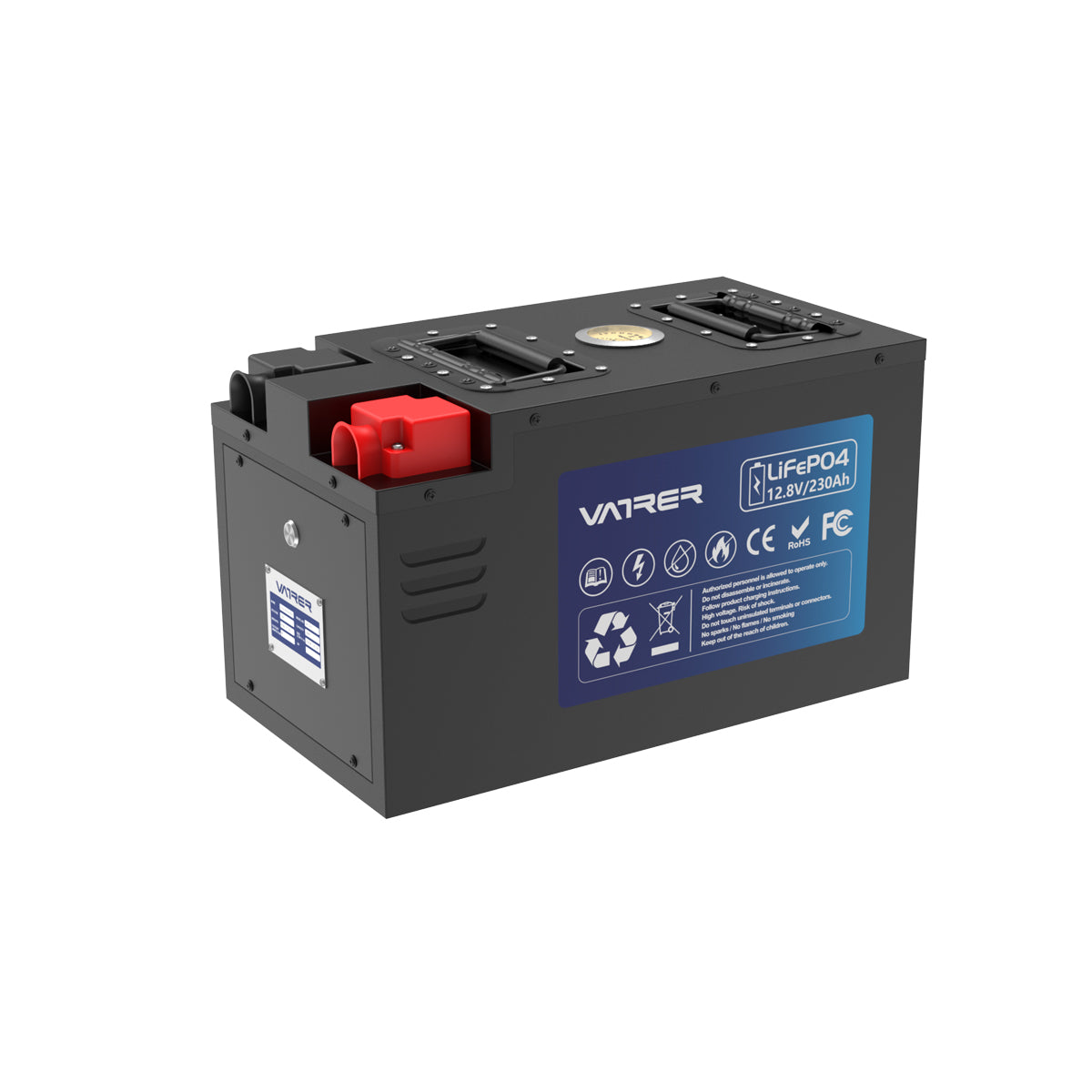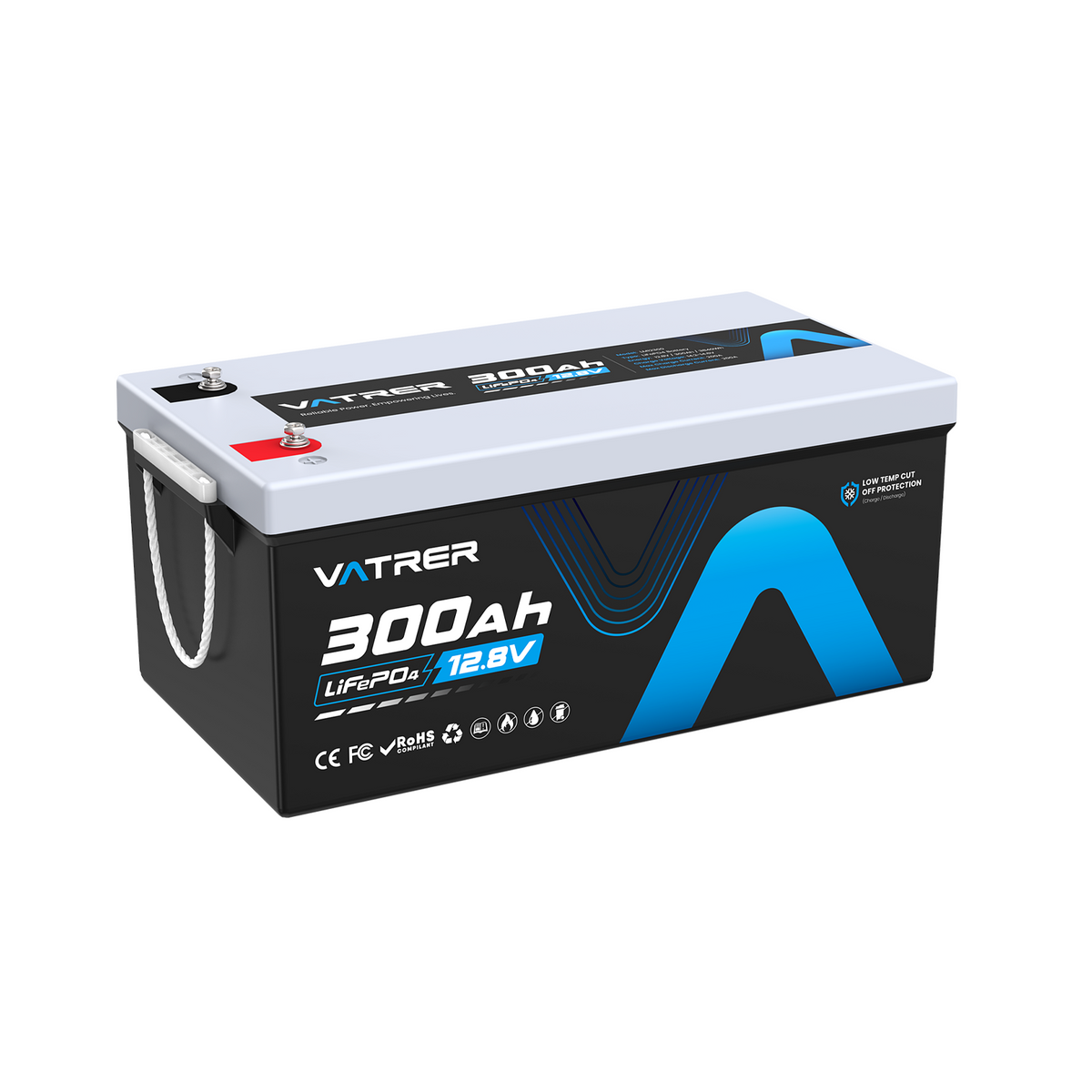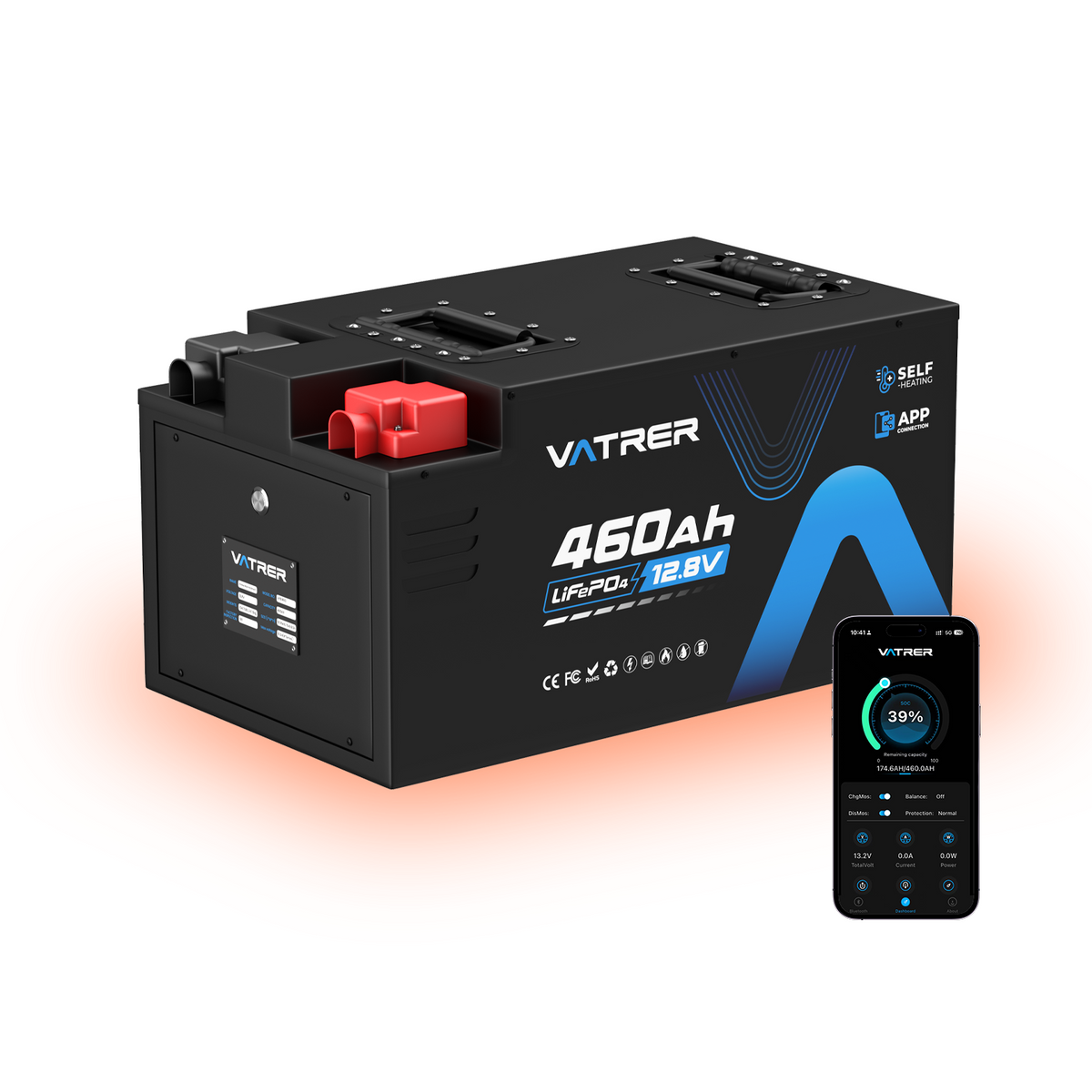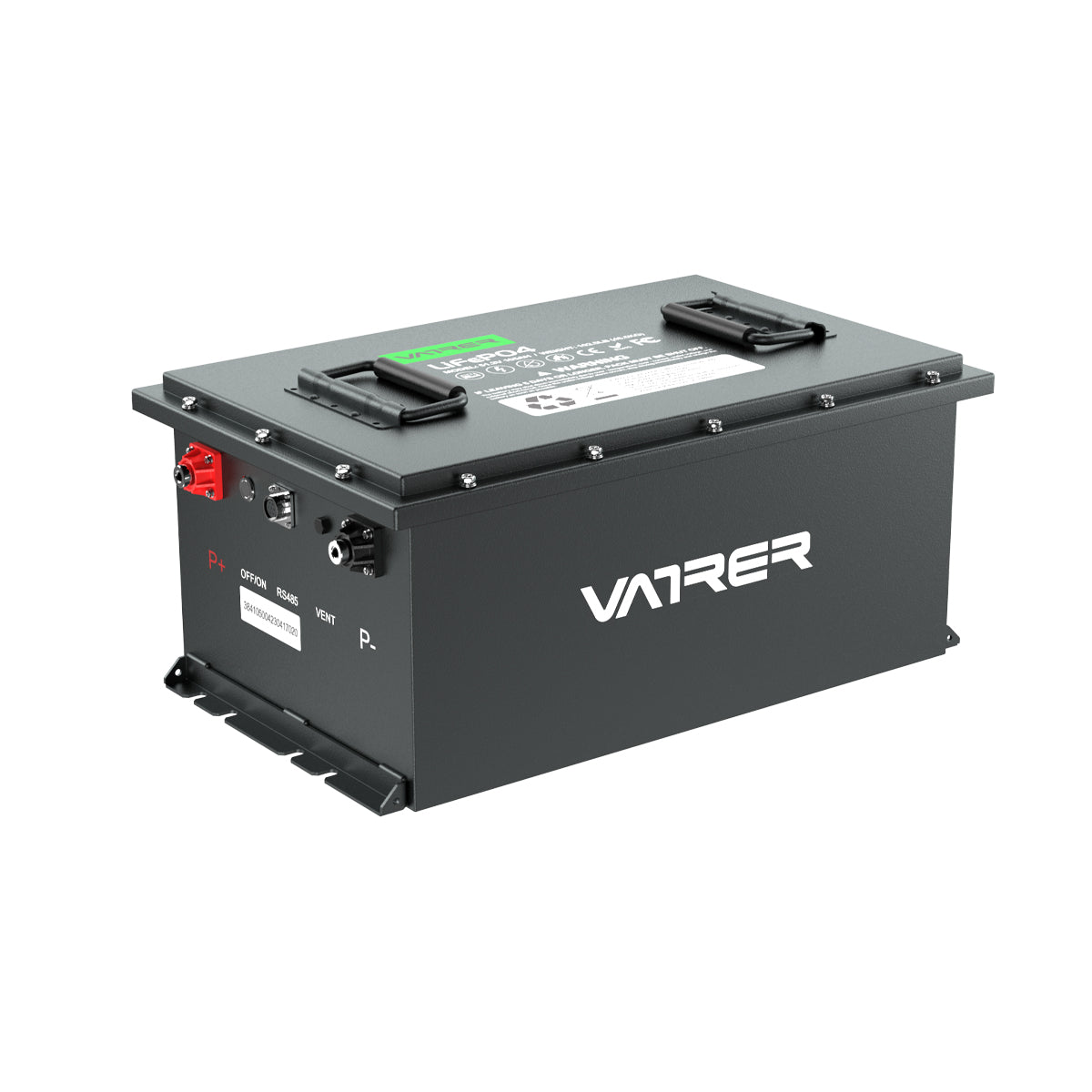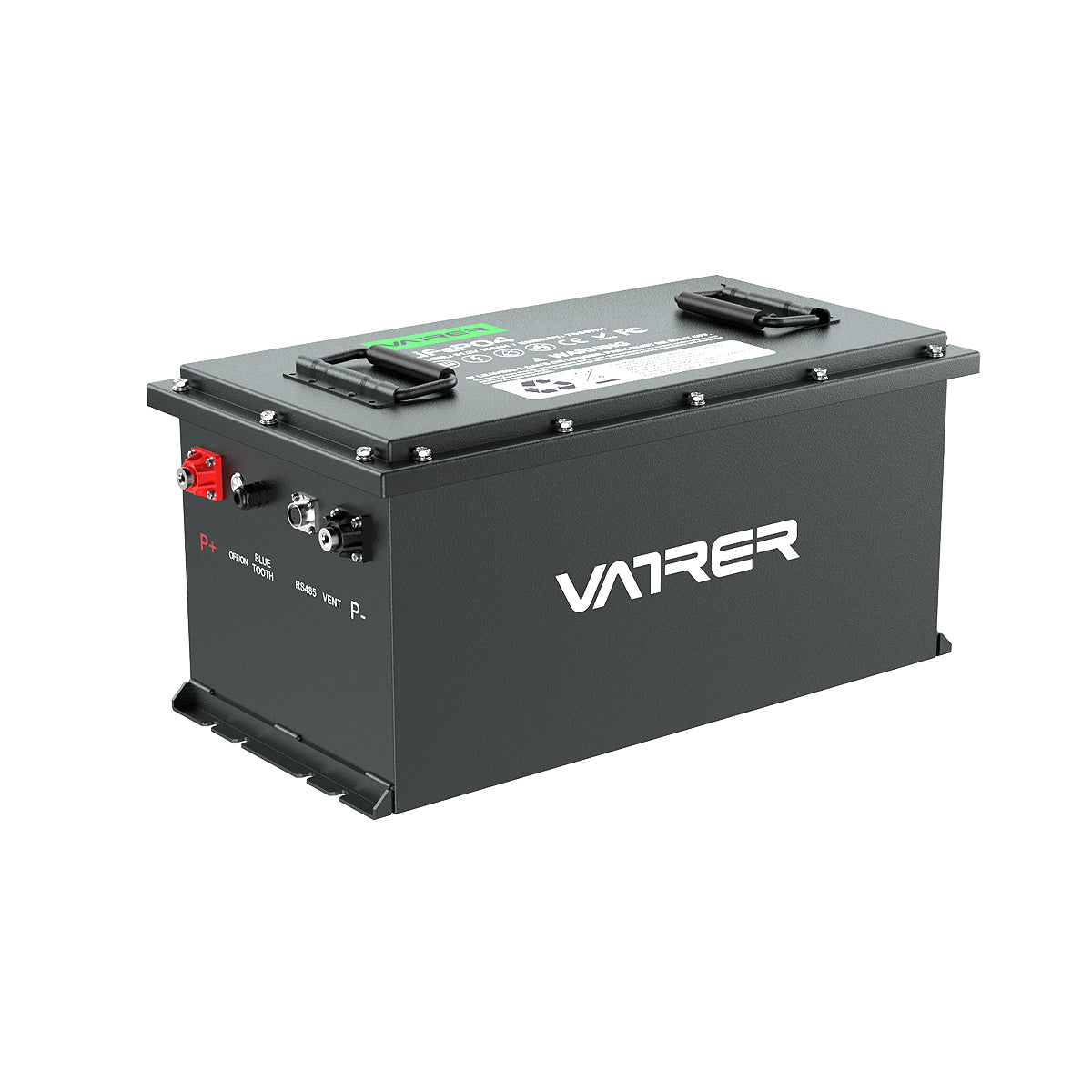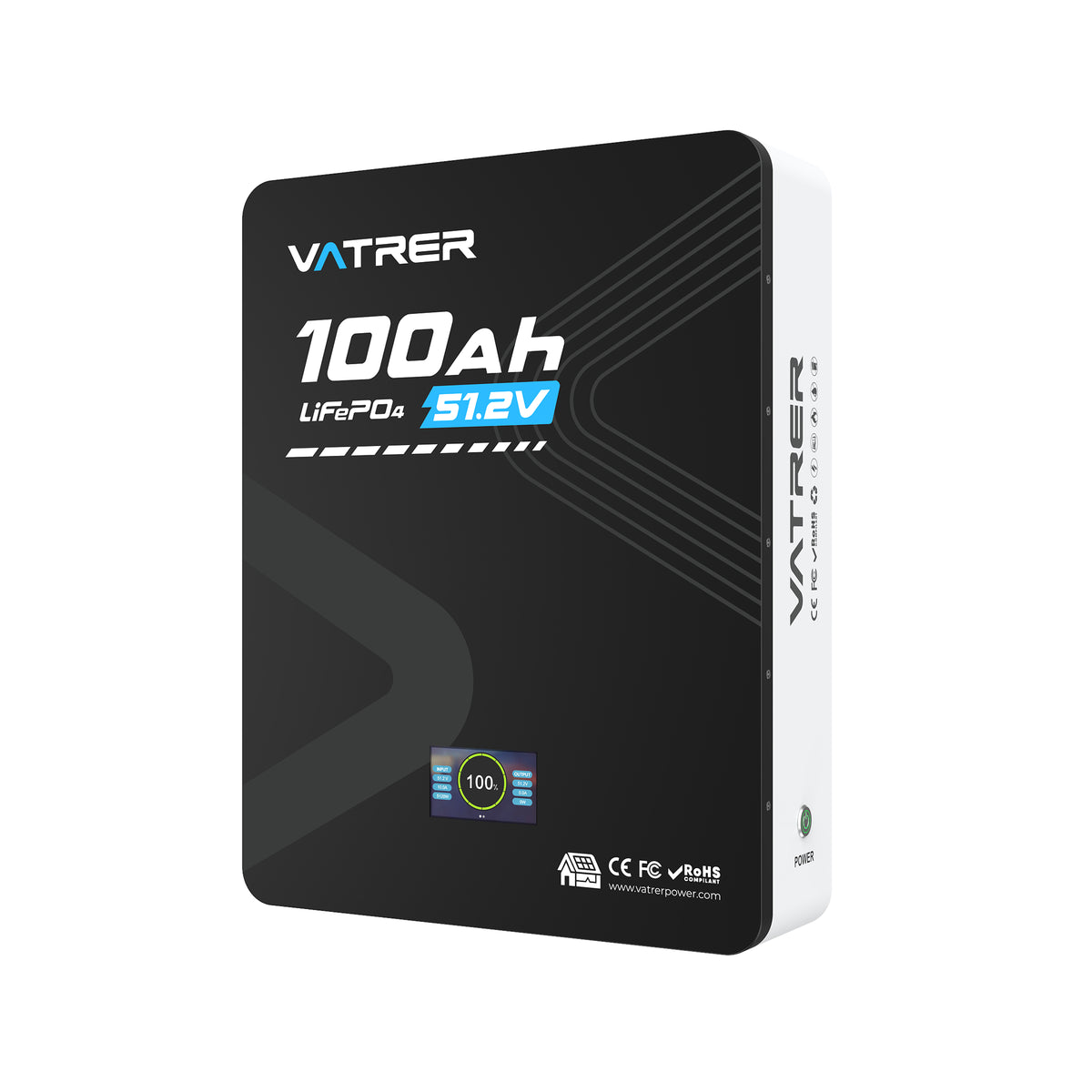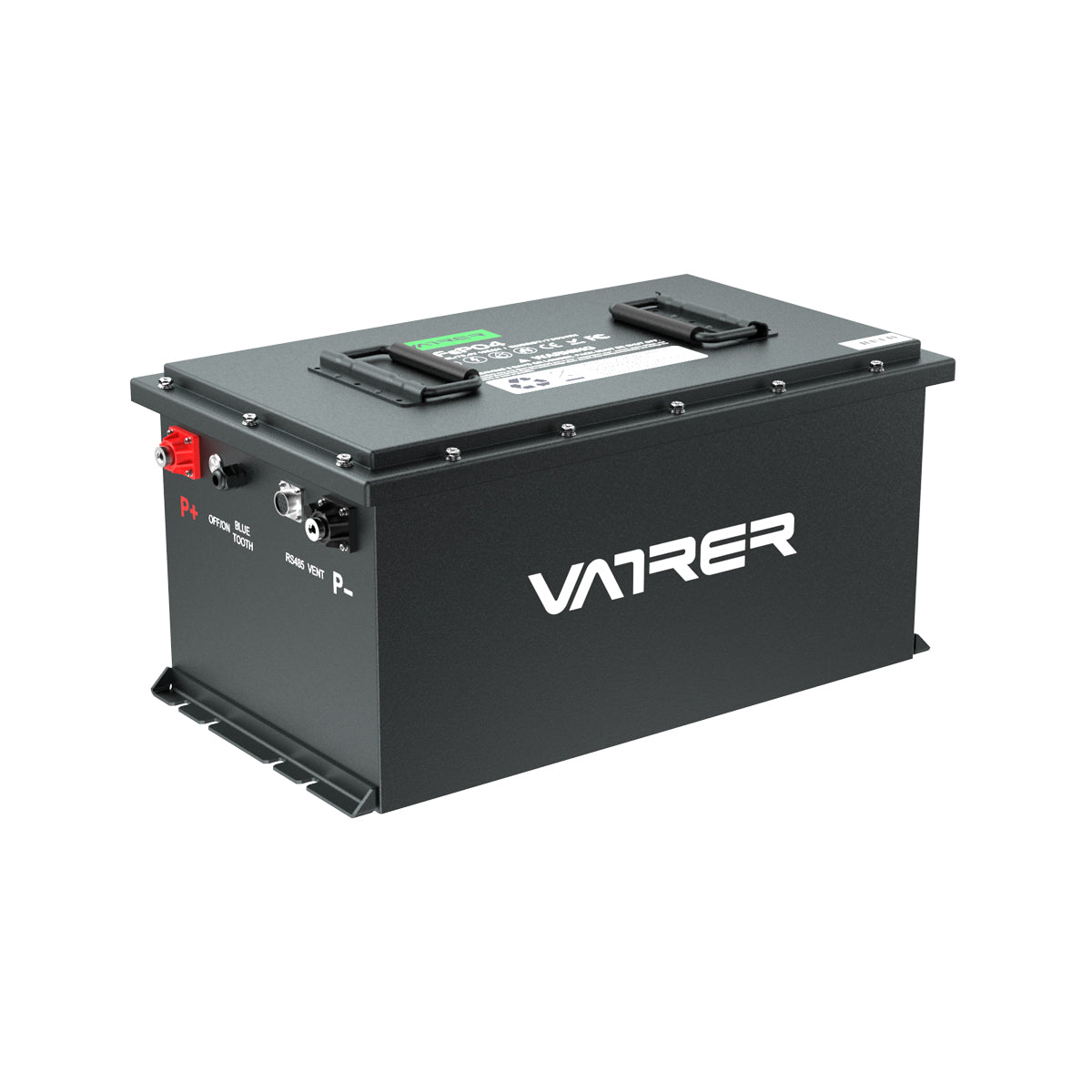With the growing awareness of environmental sustainability and the rising costs of traditional energy sources, many homeowners are considering solar power as a viable alternative. If you own a 2000 square foot house and are curious about the costs associated with installing a solar system with battery storage, this guide will provide you with the essential information you need to make an informed decision.

Factors Influencing the Cost of a Solar System
Several factors can influence the cost of a solar system for a 2000 sq ft house, including:
-
Energy Consumption: The size of the solar system you need depends largely on your household’s energy consumption. A typical 2000 sq ft home in the U.S. consumes about 877 kWh per month, but this can vary based on factors such as climate, the number of occupants, and energy efficiency of appliances.
-
System Size: Based on average energy consumption, a 2000 sq ft house might require a solar system ranging from 5 kW to 7 kW.
-
Type of Panels: There are different types of solar panels available, including monocrystalline, polycrystalline, and thin-film panels. Monocrystalline panels are more efficient but also more expensive.
-
Battery Storage: Adding battery storage can significantly increase the upfront cost but provides the benefit of energy independence and backup power.
-
Installation Costs: Labor and installation costs can vary depending on your location and the complexity of the installation.
-
Incentives and Rebates: Federal, state, and local incentives can significantly reduce the overall cost of your solar system with battery storage.
Average Cost Breakdown
As of 2024, here’s a general breakdown of the costs associated with installing a solar system with battery storage for a 2000 sq ft house:
| Component | Cost Range |
|---|---|
| Solar Panels | $15,000 - $21,000 |
| Inverters | $1,000 - $2,000 |
| Mounting Hardware | $500 - $3,000 |
| Labor and Installation | $5,000 - $10,000 |
| Permits and Inspections | $500 - $2,000 |
| Battery Storage (10 kWh) | $7,000 - $12,000 |
| Total Cost Before Incentives | $29,000 - $50,000 |
Incentives and Rebates
Various incentives and rebates can significantly reduce the upfront cost of your solar system with battery storage:
-
Federal Tax Credit: The U.S. federal government offers a solar investment tax credit (ITC) that can reduce the cost of your system by 30%.
-
State Incentives: Many states offer additional incentives, such as cash rebates, property tax exemptions, and performance-based incentives.
-
Local Utility Programs: Some local utility companies offer rebates and incentives to encourage the adoption of solar energy.
Real-World Example
Let’s consider a real-world example to illustrate the total cost after incentives:
| Component | Cost |
|---|---|
| System Size | 6 kW |
| Cost of Panels | $18,000 |
| Inverters | $1,500 |
| Mounting Hardware | $2,000 |
| Labor and Installation | $7,000 |
| Permits and Inspections | $1,000 |
| Battery Storage (10 kWh) | $10,000 |
| Total Cost Before Incentives | $39,500 |
| Federal Tax Credit (30%) | -$11,850 |
| State and Local Incentives | -$2,000 (varies by location) |
| Total Cost After Incentives | $25,650 |
Conclusion
The upfront cost of installing a solar system with battery storage for a 2000 sq ft house can seem substantial, but the long-term benefits and savings on electricity bills can make it a worthwhile investment. Additionally, the availability of federal, state, and local incentives can significantly reduce the initial expense. As technology advances and solar becomes more mainstream, the costs are likely to continue decreasing, making solar energy an increasingly attractive option for homeowners.
By understanding the various factors that influence the cost and taking advantage of available incentives, you can make a well-informed decision that contributes to both your financial savings and environmental sustainability.





